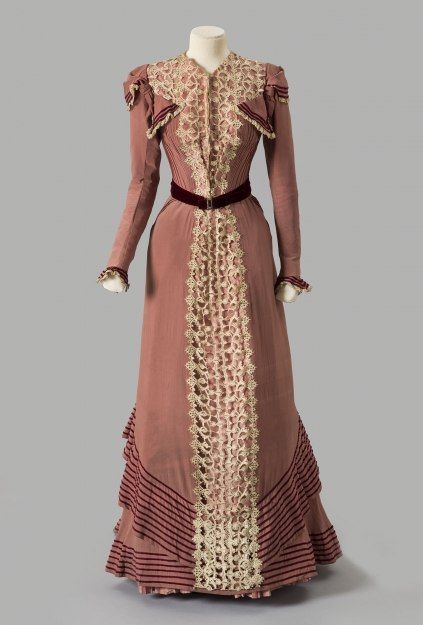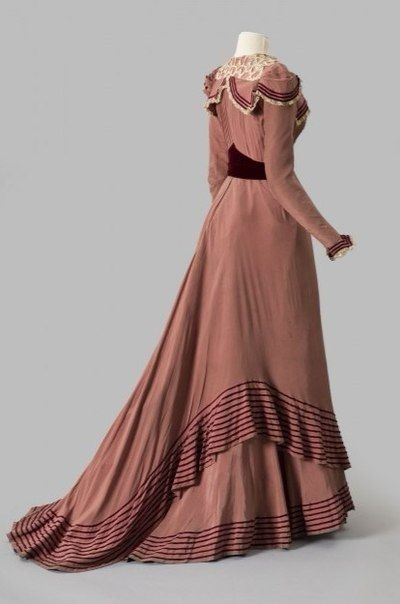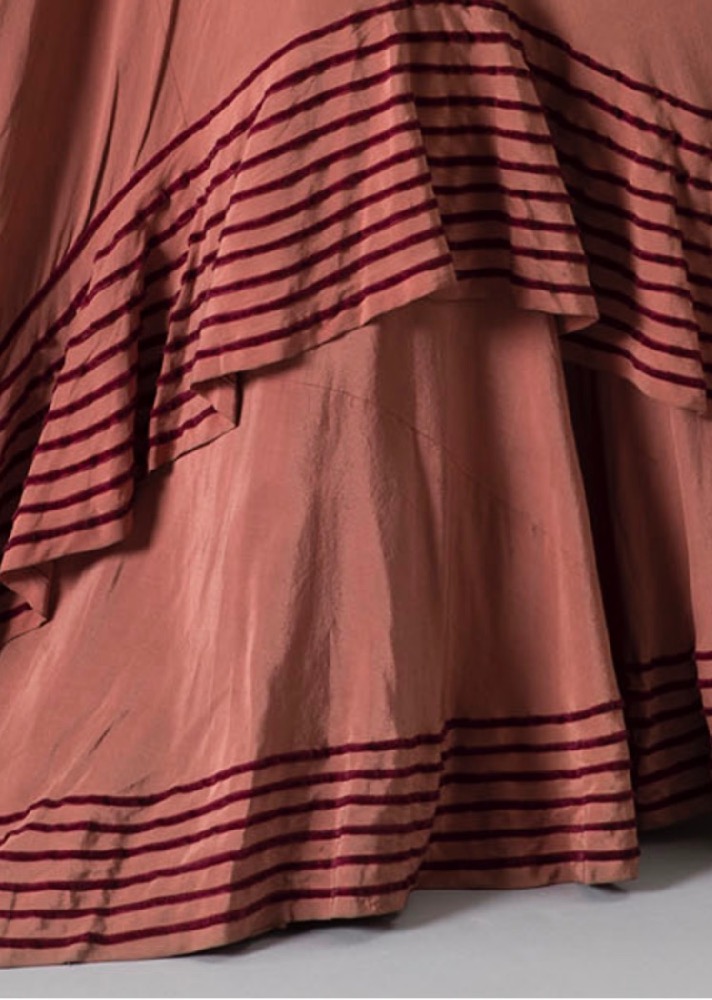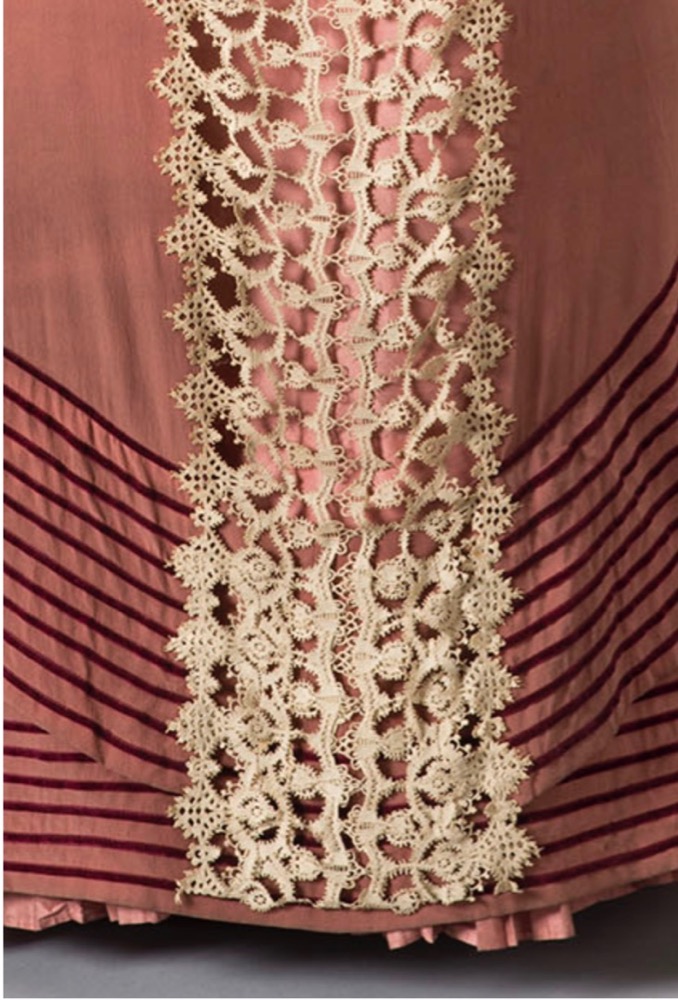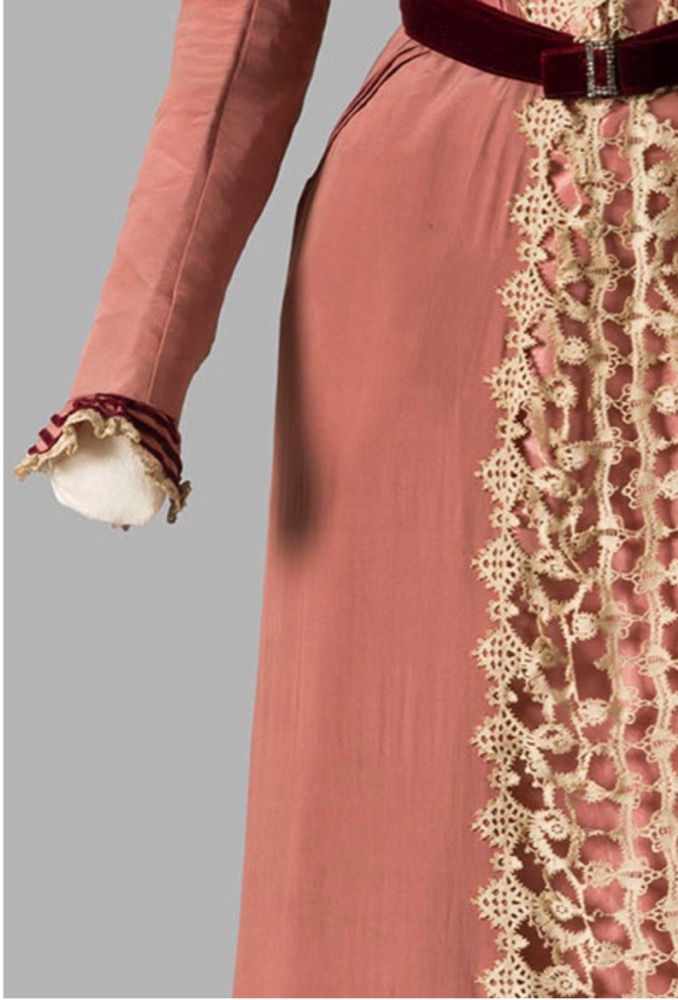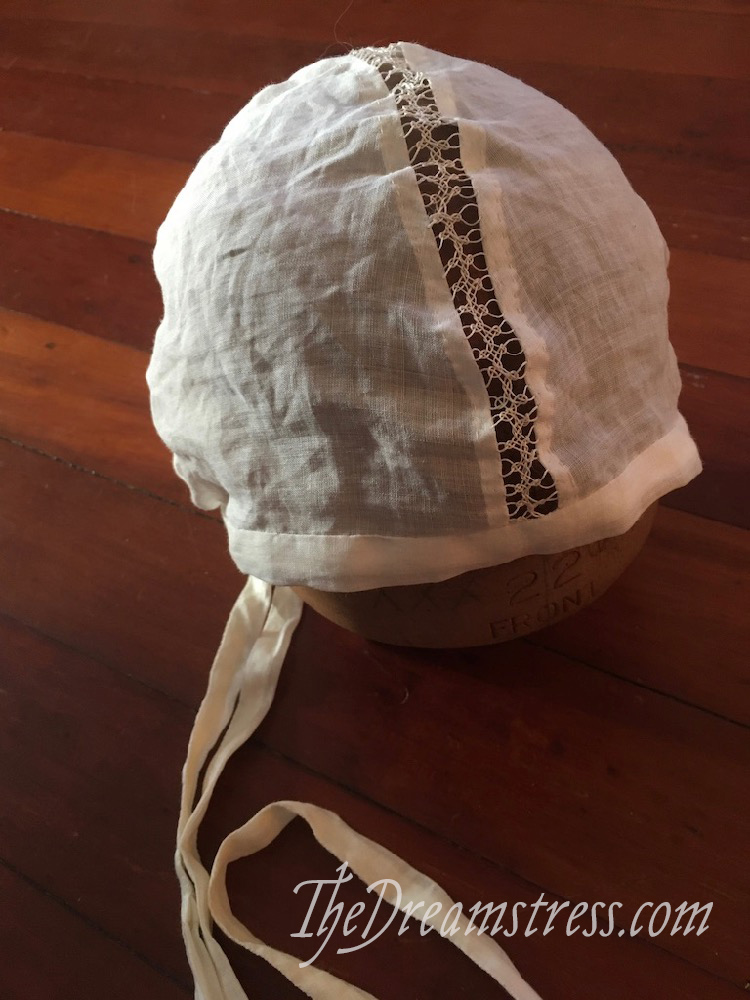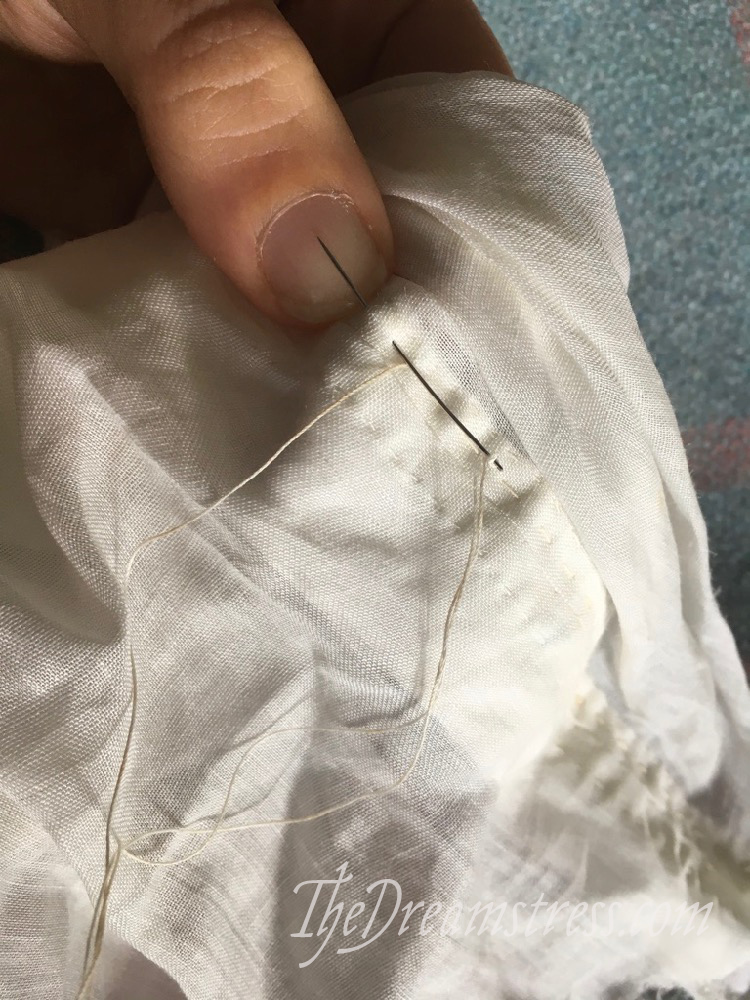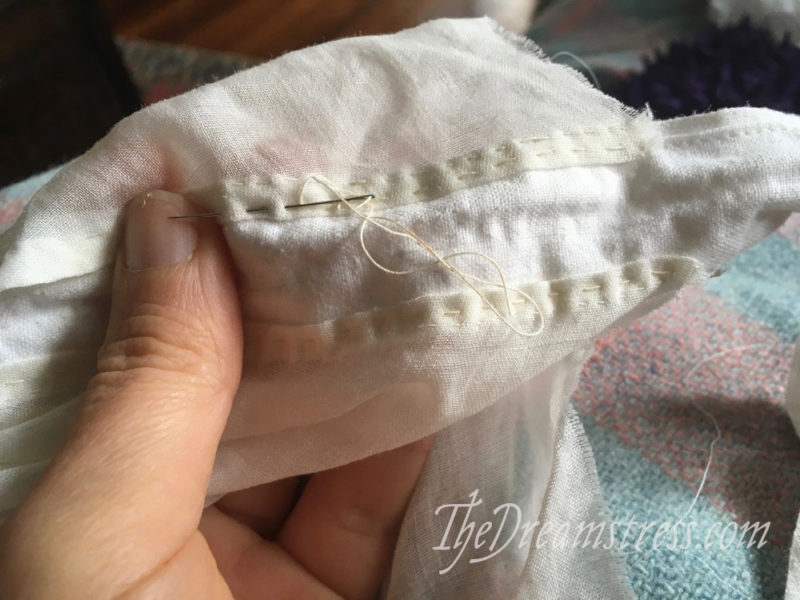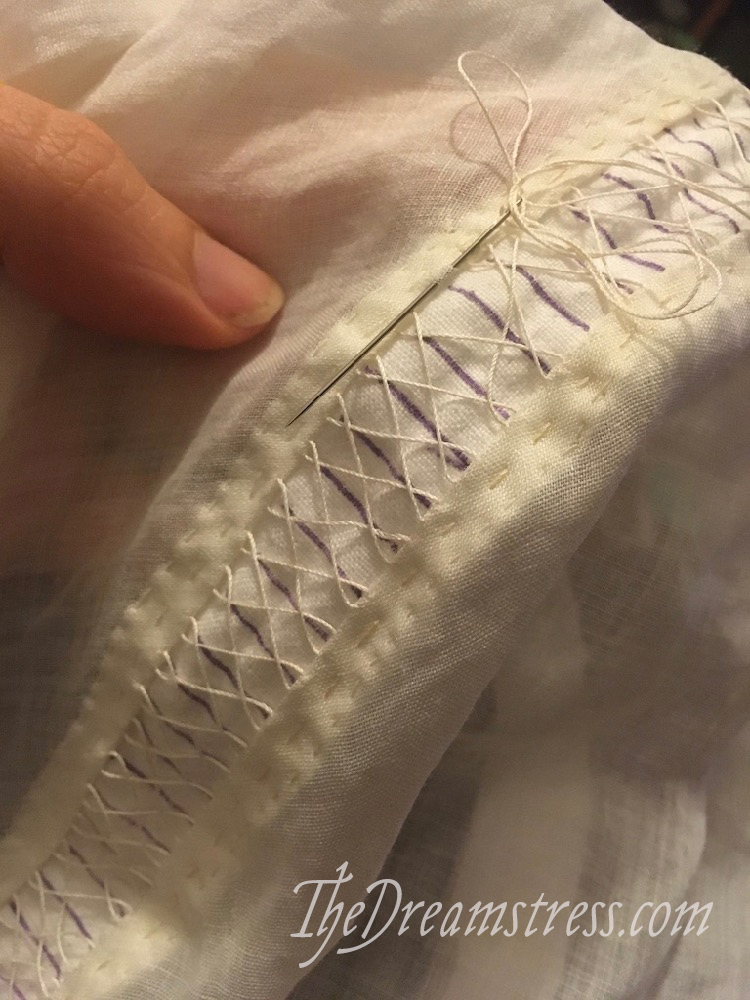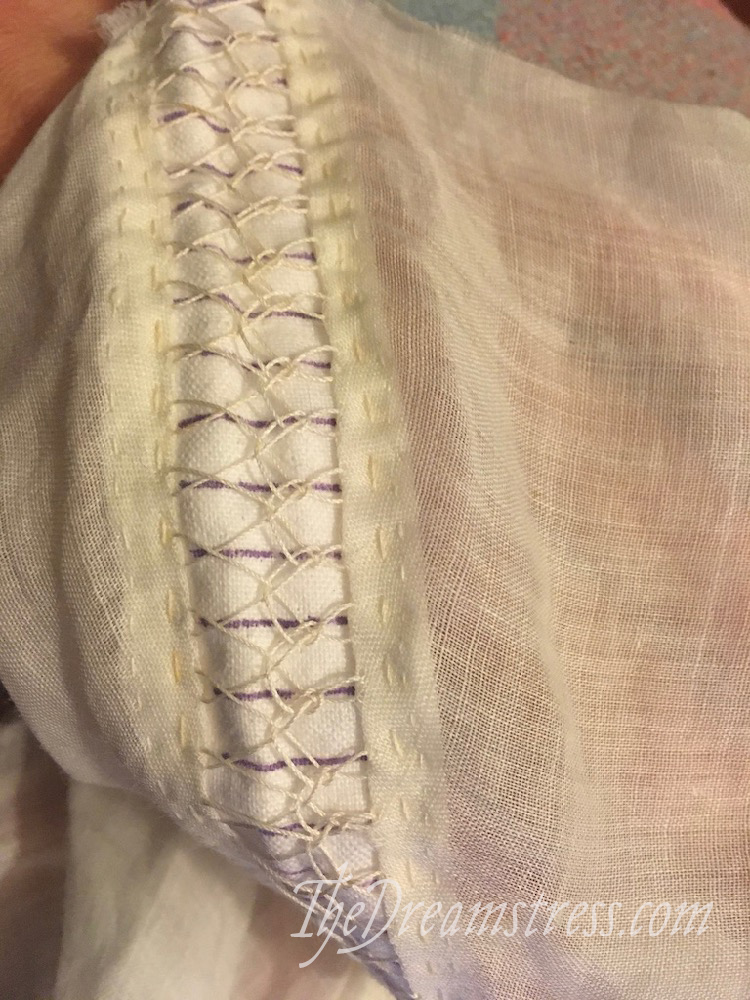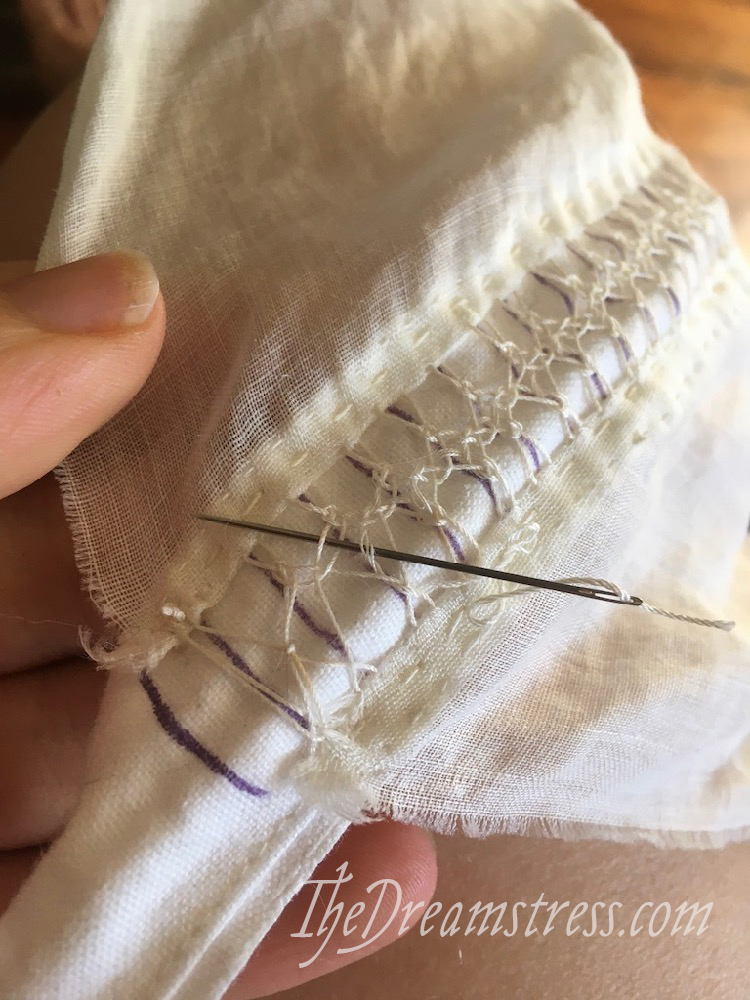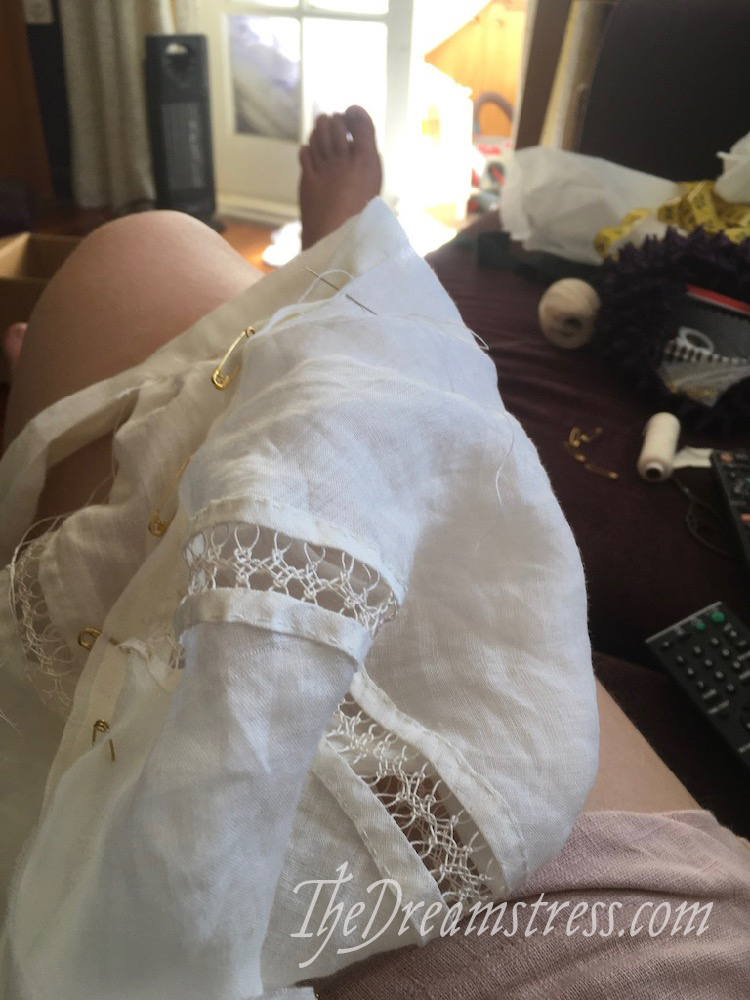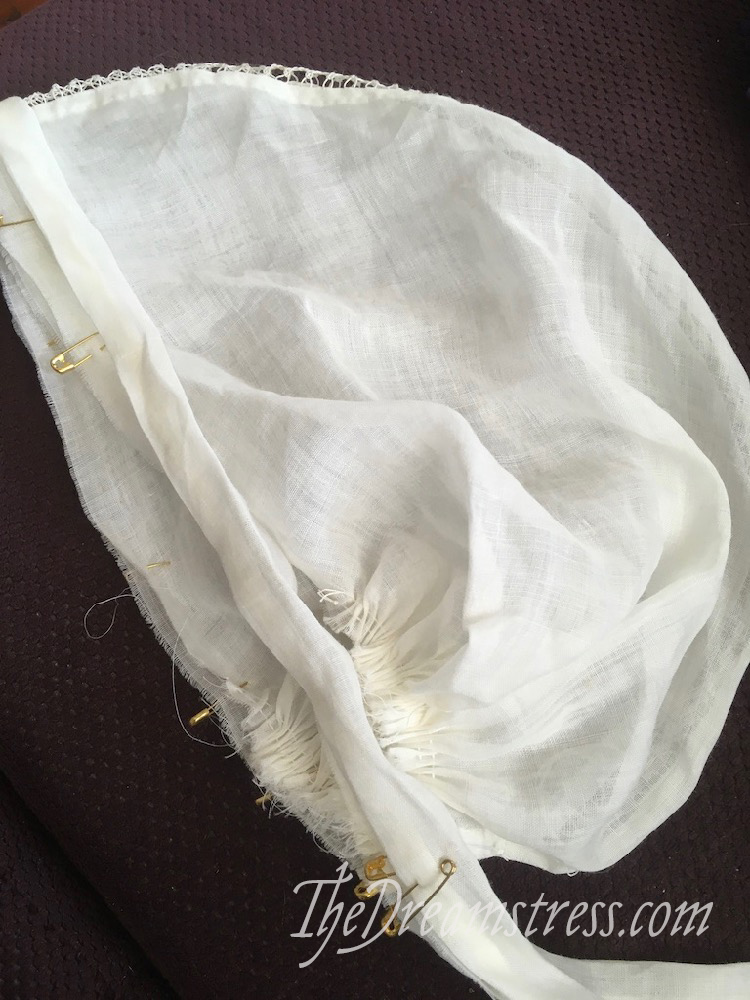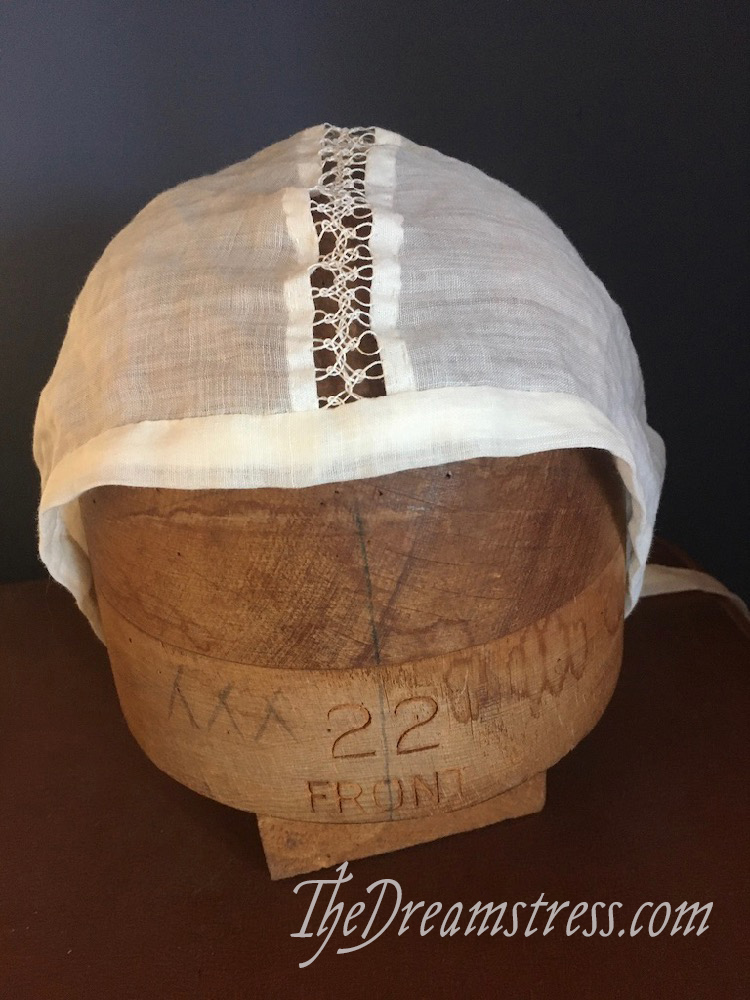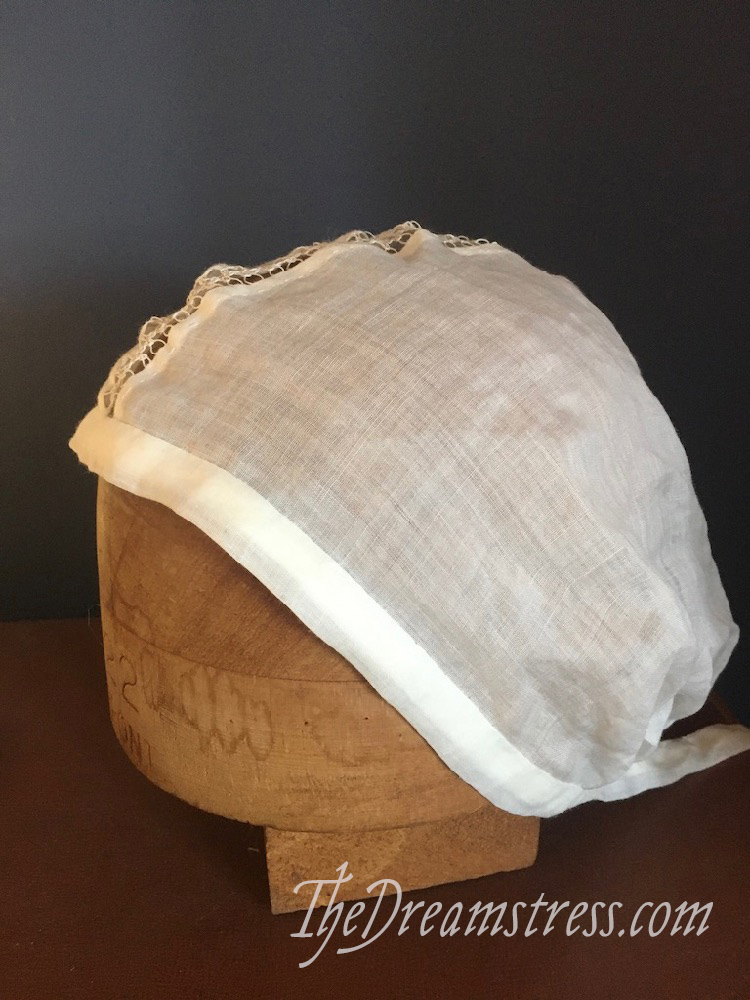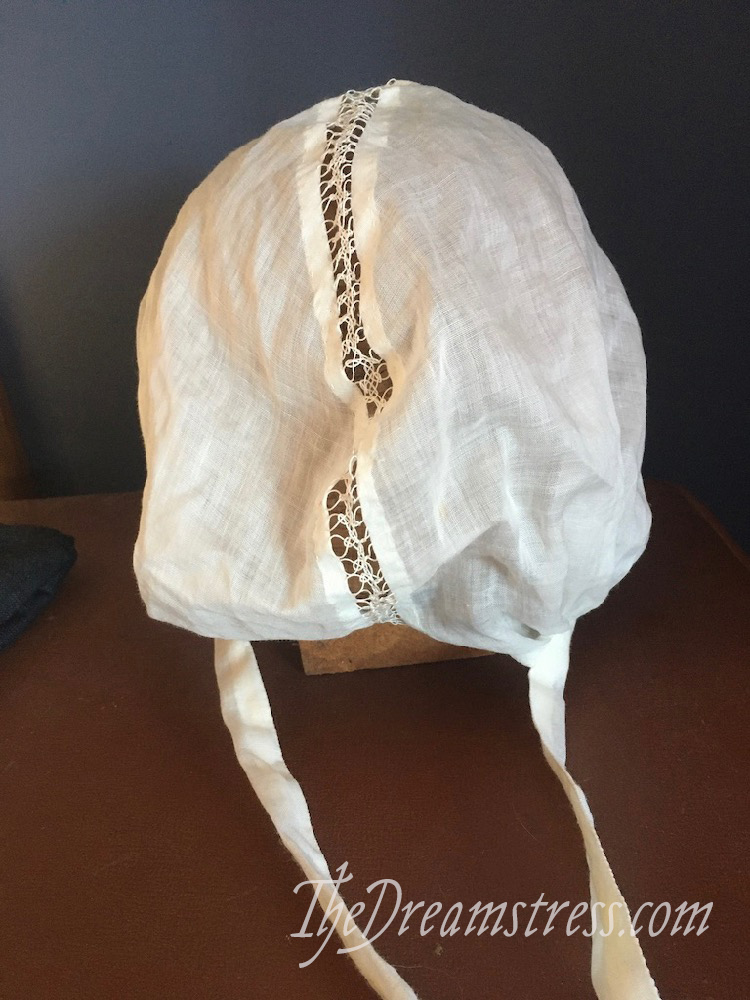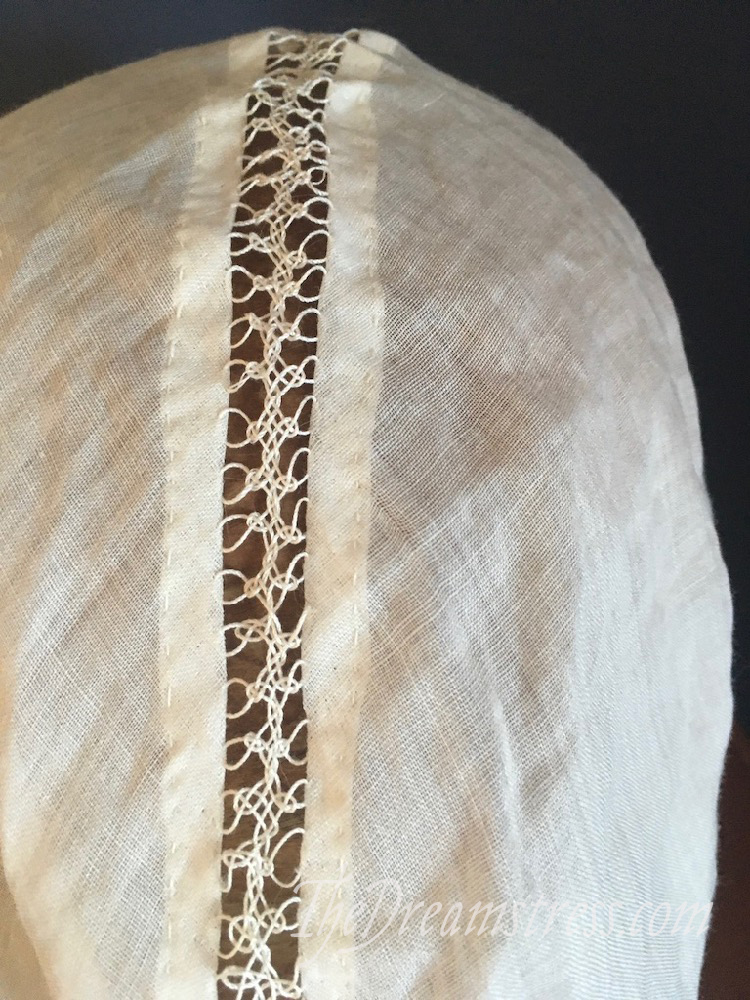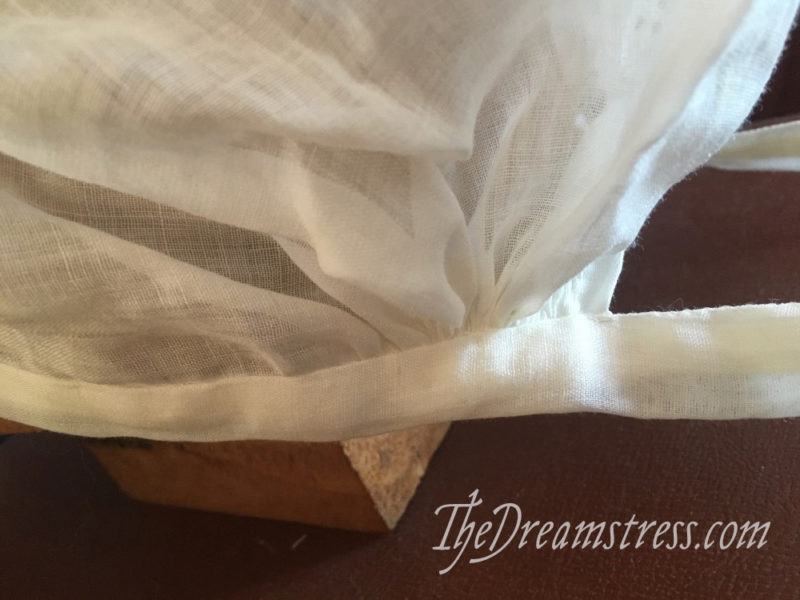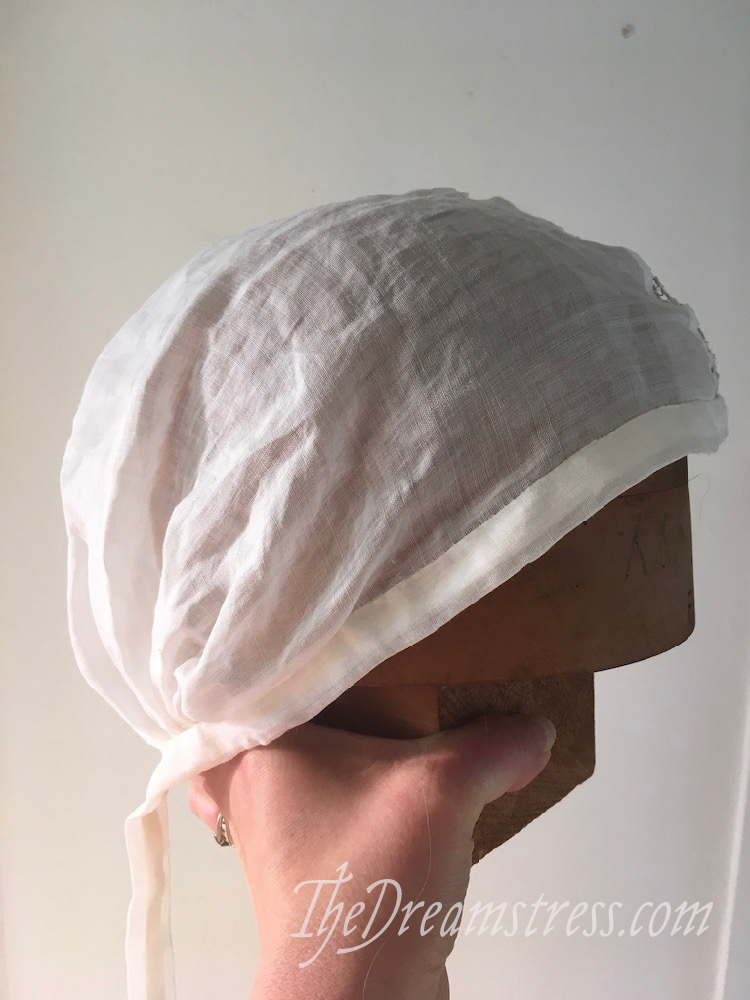Today was the first day of New Zealand’s lockdown. It will go on for at least 28 days. I work from home a lot, so other than Mr D being there, it wasn’t much different from many days: except I knew it was.
It’s night now, and I’m feeling a little melancholy. Mr D is out taking groceries to someone who can’t go out at all, and the stress of the last few weeks has gotten to me. I’ll get past it.
I know how incredibly privileged I am: we’re financially stable, we have a lovely warm house, a yard big enough to hang out it, and the lockdown rules allow us to go for walks in our neighbourhood. And it’s a pretty neighbourhood (pretty much all neighbourhoods in Wellington are pretty. It’s a very pretty city). But, like so many other people, I’m worried about family and friends, and grieving for those already lost.
For now, I’m going to keep doing what I do: working on ways to help practically, just working (because I’m still doing that – teaching costume history and pattern drafting over the internet for Toi Whakaari students, and working on Scroop Patterns, because I’m using the income from that to help friends & family out of work), and providing a space here to de-stress, and learn.
So, let’s do a little de-stressing, looking at some lingerie, negligee, and dresses for home wear from the April 1916 issue of Pictoral Review.

Dresses for home wear means that they were practical enough to do light housecleaning and chores in, and tidy enough to have informal friends over, maybe to pop over to a friends house or to the shops in a small town, but not nice enough to host a formal gathering, or to go into a larger town, in.
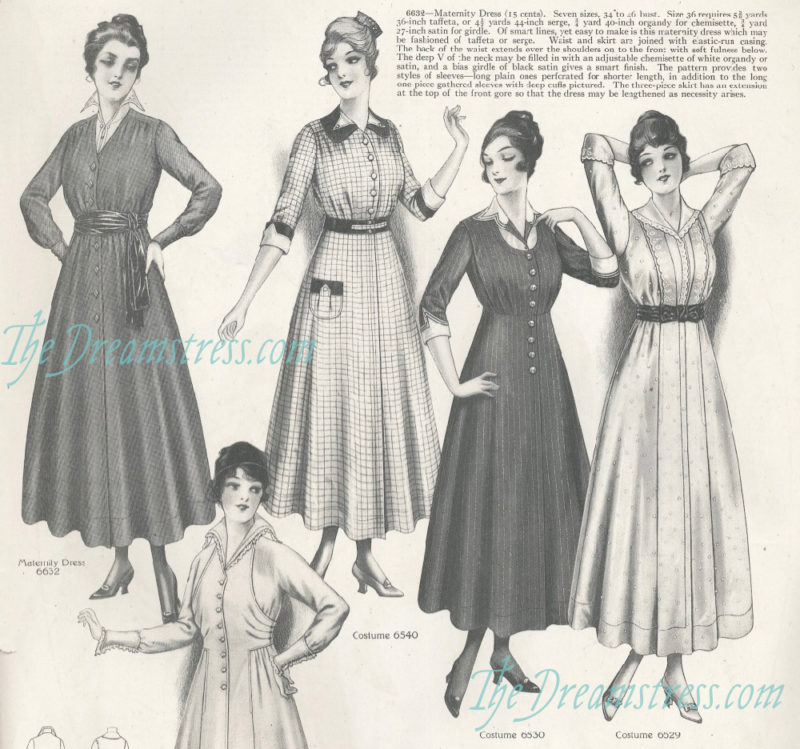
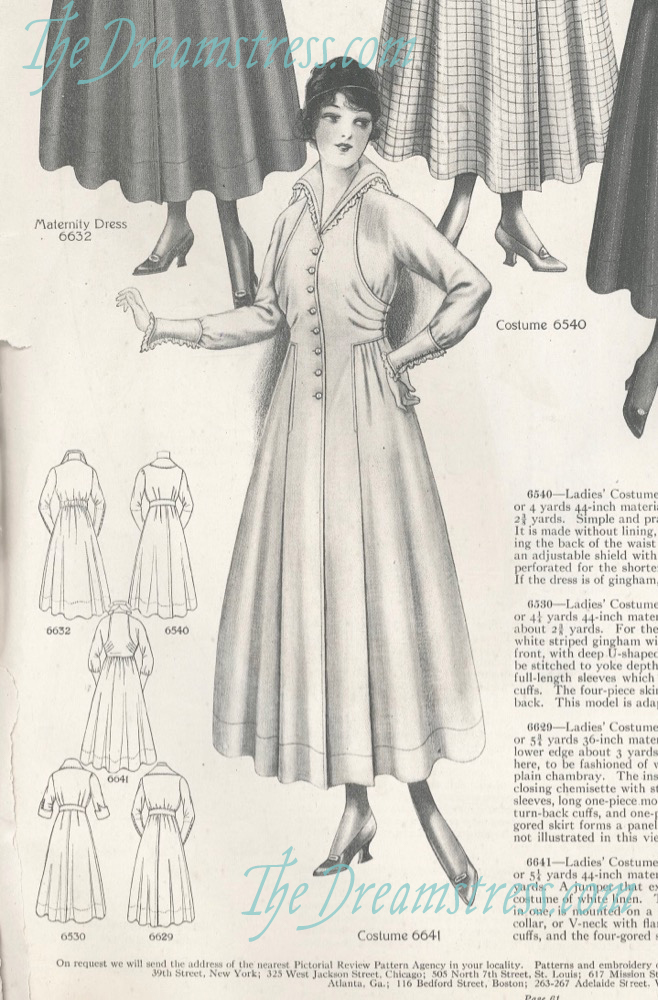
They were meant to be made up in practical fabrics. 6540 suggests black and white checked worsted wool for winter trimmed with satin and faille collar and cuffs, or gingham trimmed with blue & white linen collar and cuffs. 6530 is “adapted for serge and gabardine (both worsted wools) and wash materials (colour fast cottons that could be washed at home). 6629 is “equally good for home and street wear” in “serge or linen, dark blue gabardine, striped or figured percale (tightly woven cotton with stripes or patterns – geometric or floral), or plain chambray (cotton).
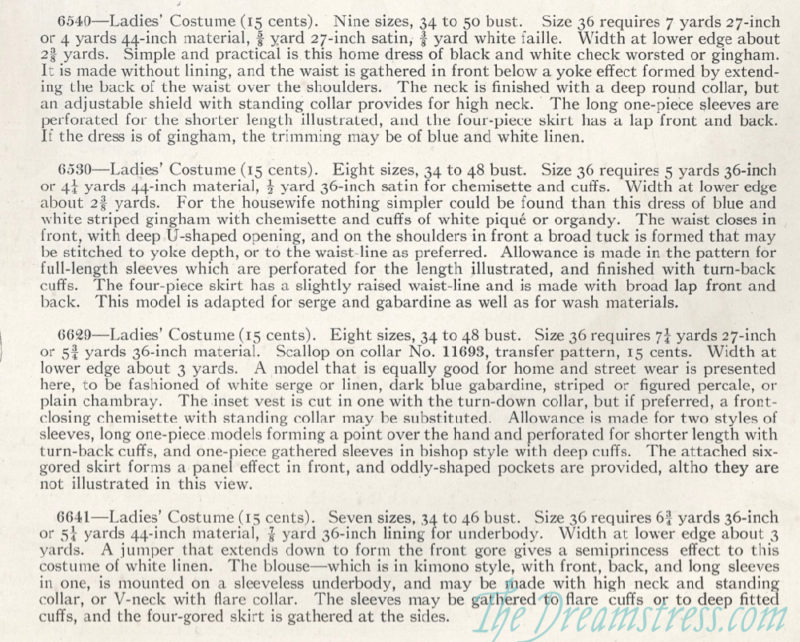
There’s also a maternity dress:
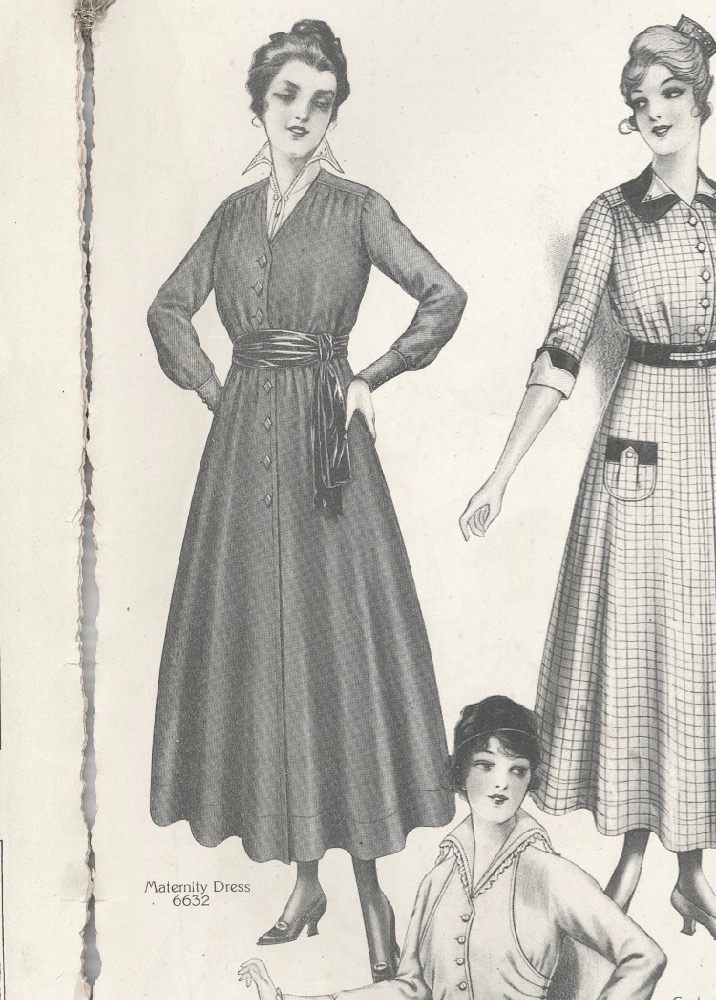
The dress uses elastic to gather in the waist and provide flexibility in sizing, and extra fabric at the top of the front skirt gorge, so that the skirt can be lengthened to go over an expanding bump.
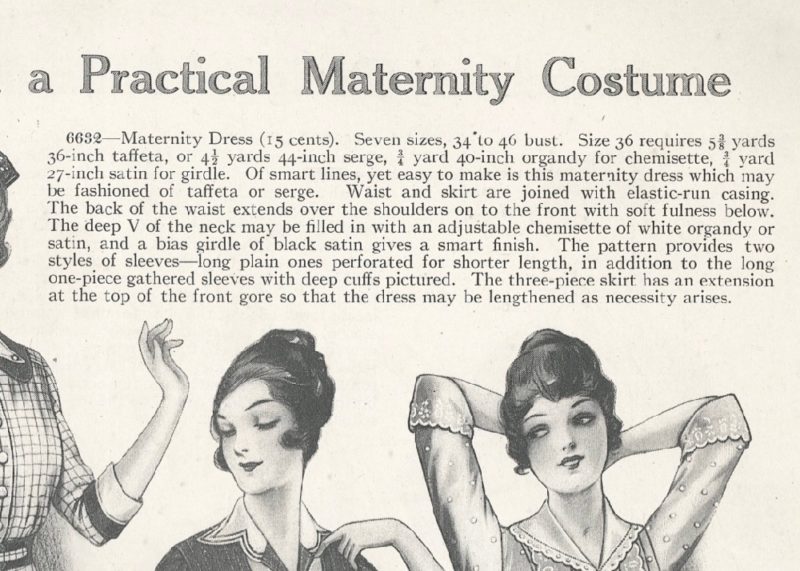
Note that the fabric suggestions for the maternity dress are a little fancier: taffeta as well as serge, and trimmings in satin. With less patterns available for maternity wear they needed to be able to be made up as practical or formal options.
You might also enjoy some lingerie and negliee fashions, for your less formal home time. Plus, vacuum cleaner ads!
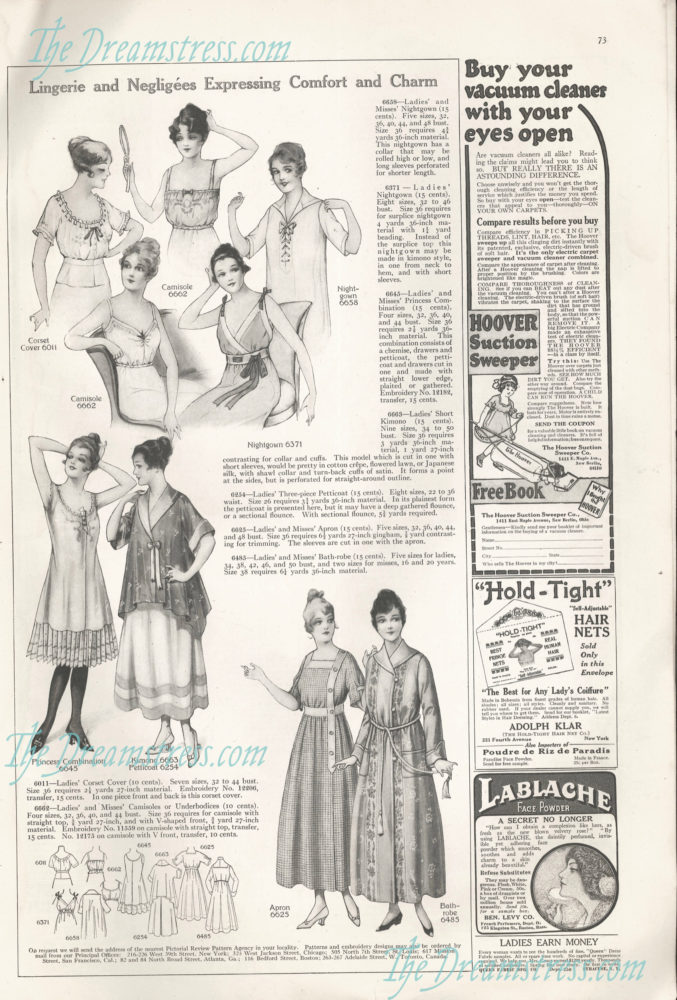
Check out these sweet corset covers and camisoles! And that cute nightdown with the lacing down the front.
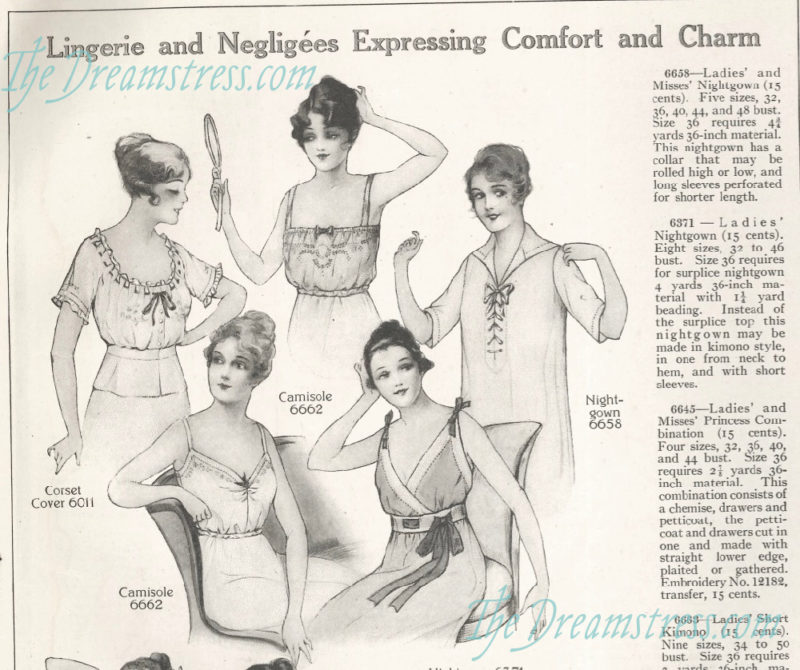
You can see how the camisoles in 6662 would fit nicely under evening dresses with tiny sleeves. They could also be made as under bodices: the support structures that those dresses were built around.
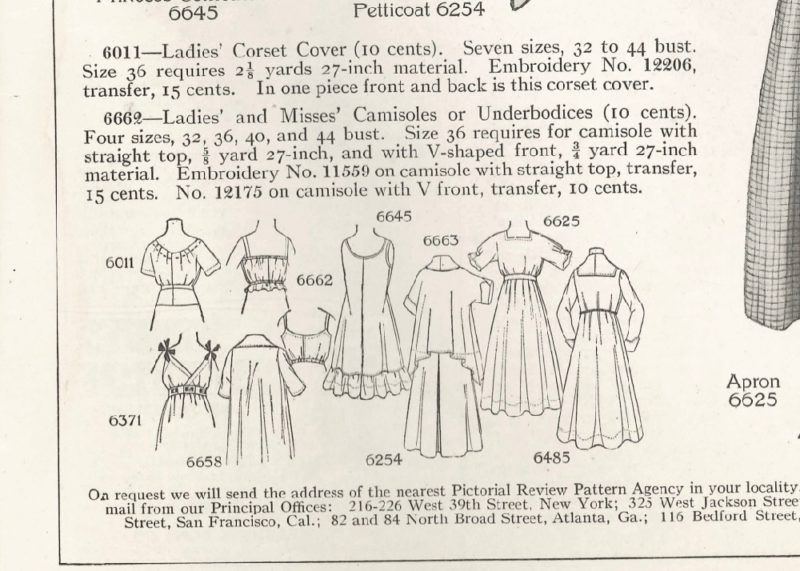
There is also an apron dress (the forerunner of the hooverette), and a very fetching bathrobe. Note how the apron wraps around and fastens at the front left, so it could be slipped over another garment to protect it.
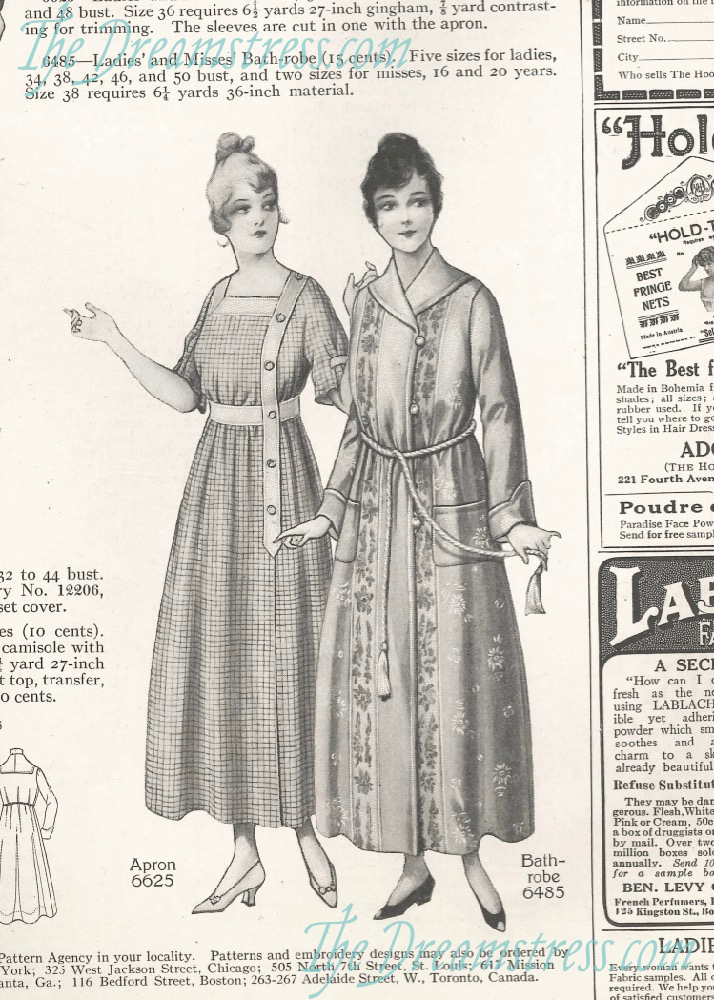
And finally, there are princess combinations, to fit under a slim fitting dress, and a kimono jacket to be made in “cotton crepe, flowered lawn, or Japanese silk”. I’d love to see the pattern piece for that – I suspect it’s very simple.

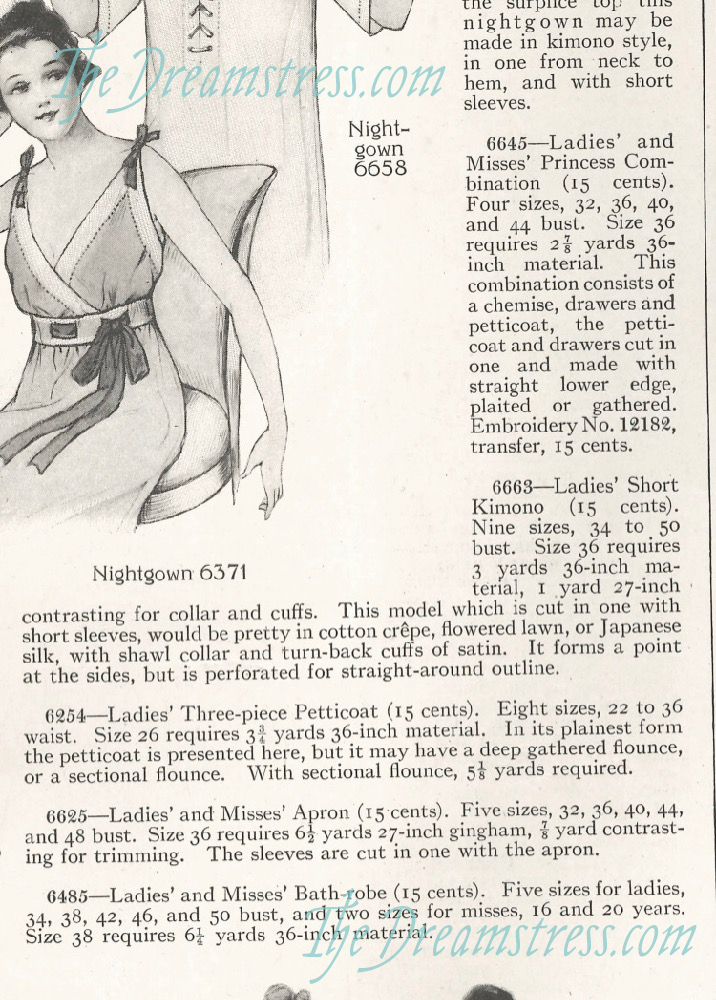
Hope you’re all well and safe in your own homes.



